Jordan Sites
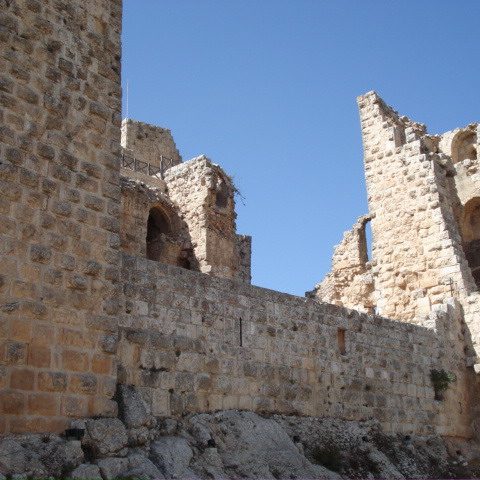
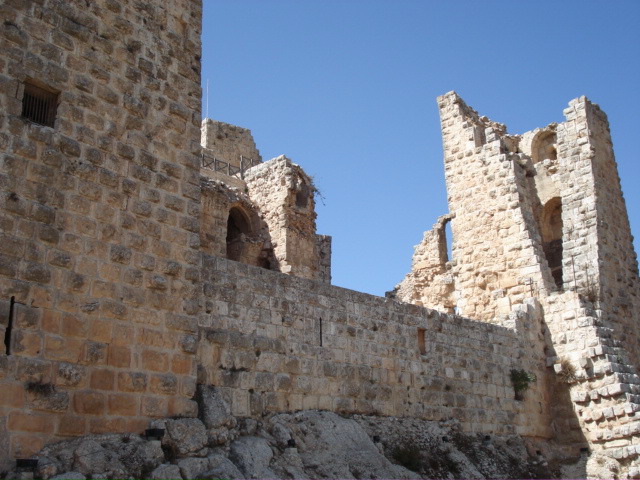
Ajloun
Ajloun
Ajloun

Ajloun :
Tourists come to Ajloun to visit Qala’atar-Rabad, a fortress built by Saladin’s nephew, Izz al-Din Usama, around 1184-1185. Few however visit the neighboring reserve of Zubia. Created in 1888, this is a magnificent oak and pistachio wood occupying an area of over twelve square kilometers. It was set up by the SRCN to protect a population of chamois in danger of extinction, in addition to the Persian fallow deer. It is also a bird reserve.
The protected area also includes five square kilometers on the banks of the River Jordan: Zai National Park, which is home to a thick pine wood close to Amman: some 30 km2 on the banks of the Yarmuk River in the north, and Burqu artificial lake reserve in the east of the country and north of Baghdad motorway, where the remains of a castle -a true paradise for bird-watchers- survive.
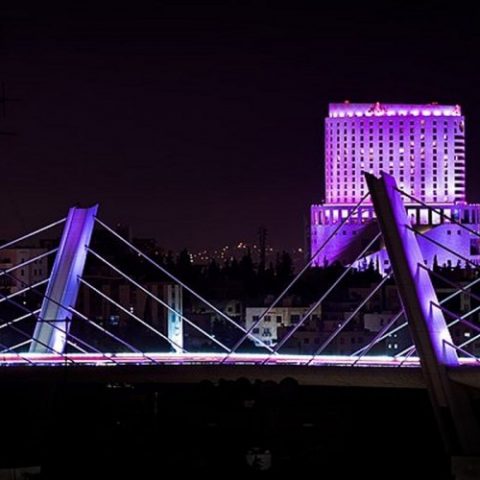
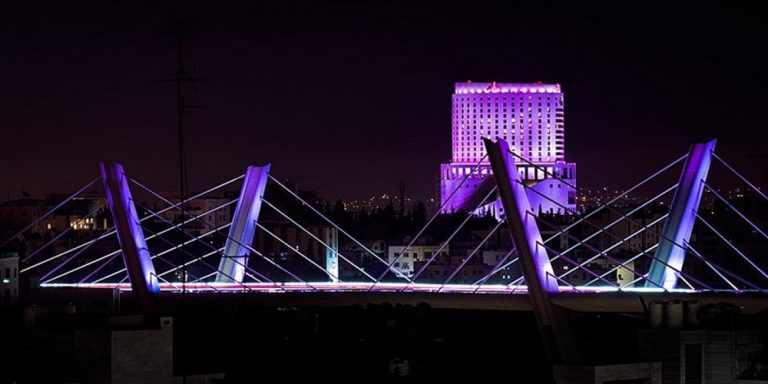
Amman
Amman
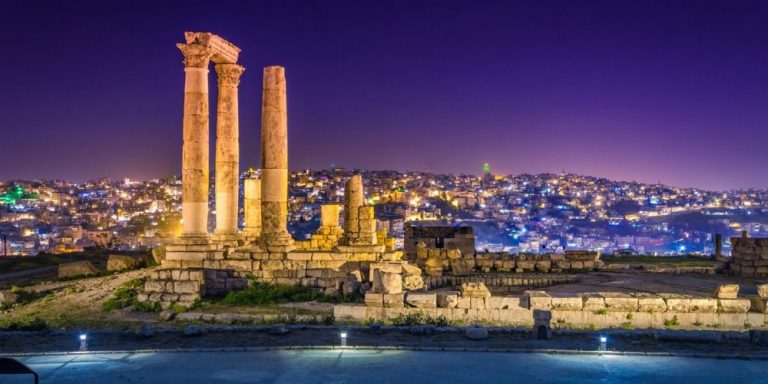
Amman :
The capital of Jordan since the immemorial time. The ancient Ammonites take it as the capital of them. a city that flourished in the days of the Greeks and Romans, and bore the name of Philadelphia – City of Brotherly Love.
It is the house everyone, and a fellow visitor, and which meet the old talk, and meet lovers of life, work, recreation and science. Where the seat of government and administration, and ministries of state, it is also the commercial center of the kingdom.
It is a city for all, opens its arms and doors of houses built with stone white to all Jordan guests coming across land borders or arriving by air to Queen Alia International Airport.
Amman include a wealth of monuments timeless, starting fromthe Mount castle the Temple of Hercules rises there, along with the Museum of Antiquities, which the visitor can watch the tools represent human life in the age immemorial.
And in the center of the city the large Roman amphitheater stands there, which can accommodate five thousand spectators, also the city center characterized by its large markets that combine traditional and modern goods products even imported and domestic.
And the public parks spread in various areas of the capital and its suburbs.
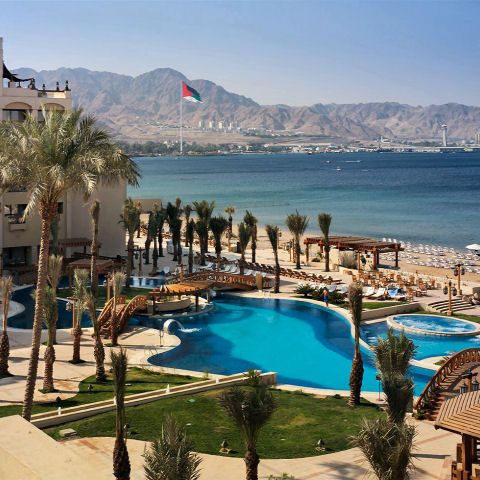
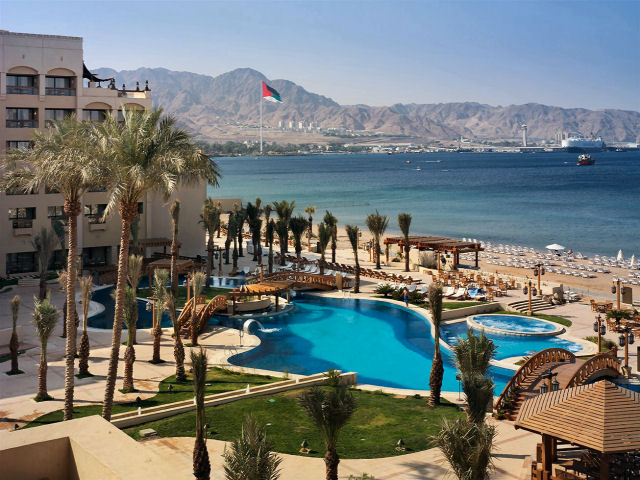
Aqaba
Aqaba

Aqaba :
Those who want to enjoy the diving under the sun, Aqaba and its peach is an attractive place for them to stay in quiet meditation and relaxation, especially that all types of tourism services are available along the beach.
Visitors can take a tour on foot in the city center and its market, to learn about the environment of Aqaba and buy traditional gifts that carry the memory of visiting the city, ranging from artifacts made of copper and leather trim done by professionals Jordanian hands skilled, as well as oysters and shellfish, which takes many forms and configurations different art.
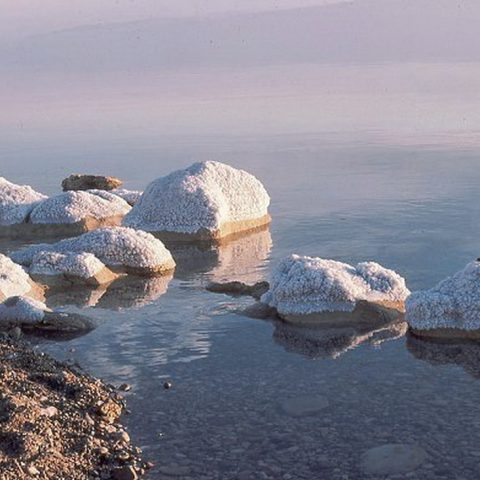
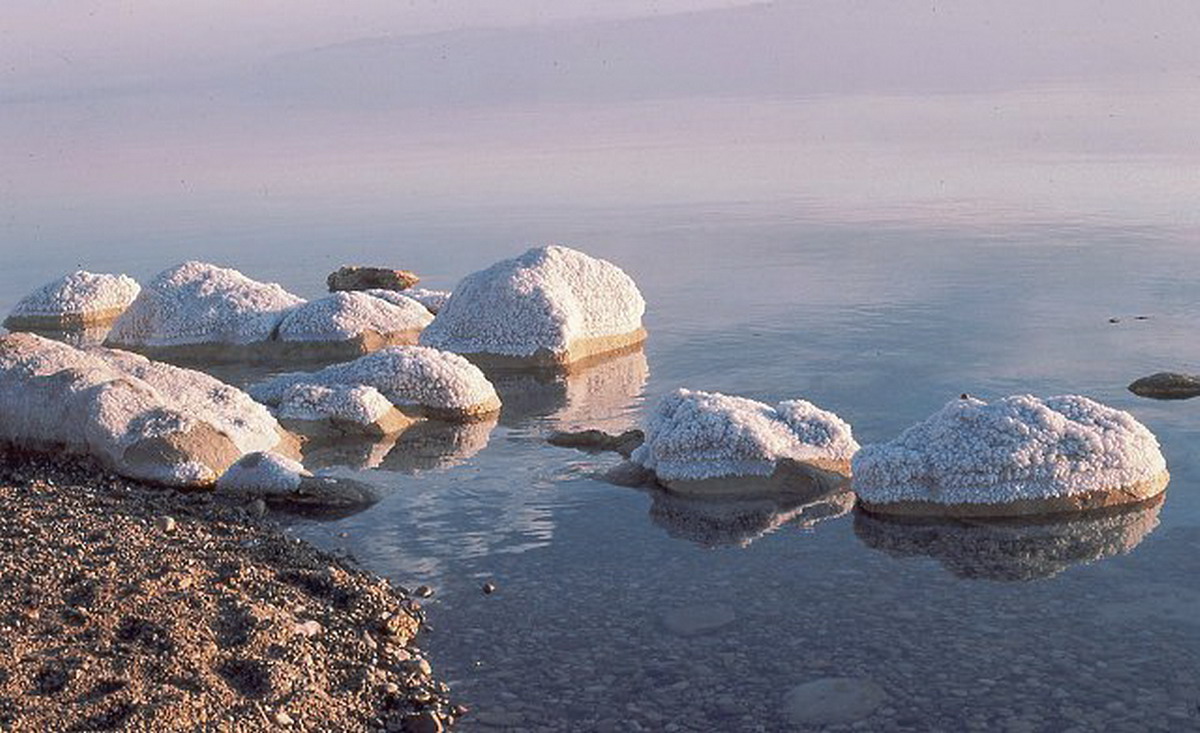
Dead Sea
Dead Sea
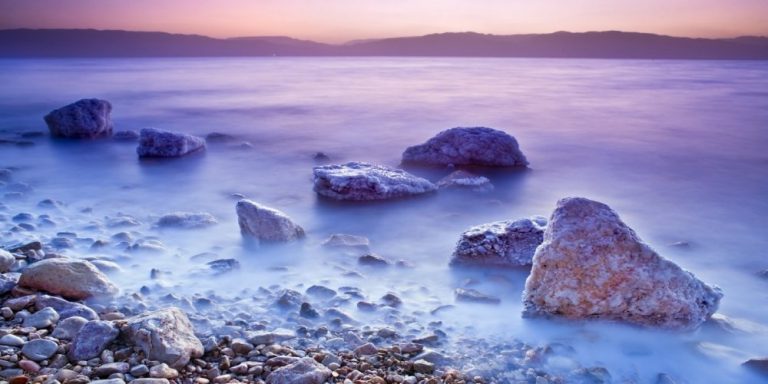
Dead Sea :
The Dead Sea is the most parts of the earth decrease from sea level by 490 meters. Dead Sea, who lived across historical eras successive, become one of the most attractive areas for tourists seeking warmth in the winter, and beautiful nature, and the strangeness that is embodied in the Sea does not object when alive because of the intensity of its salts, but in its salty waters cure for many diseases, and still people see signs in these waters for thousands of years.
The Dead Sea salts are raw materials for the production of potash and therapeutic bath salts, and cosmetic products that are available inside the markets in many parts of the world.
In Salt Lake, the fountain of the myths that lived in the civilizations of the world, enjoy the easy float, and deep meditation to this place Alfred.
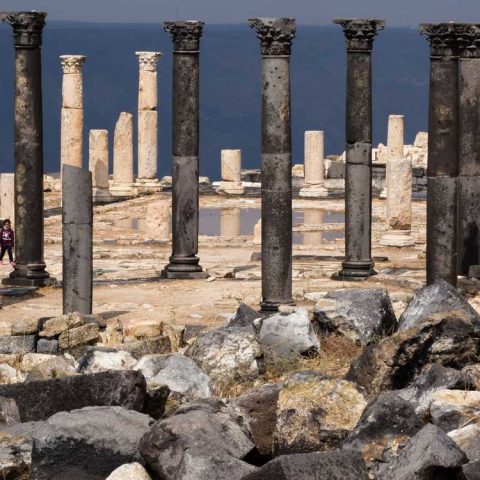
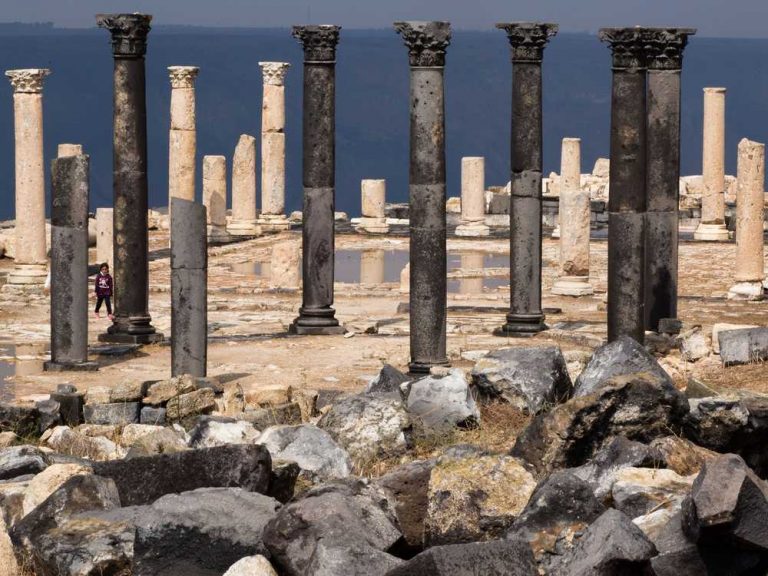
Gadara (Umm Qais)
Gadara (Umm Qais)
Gadara (Umm Qais)
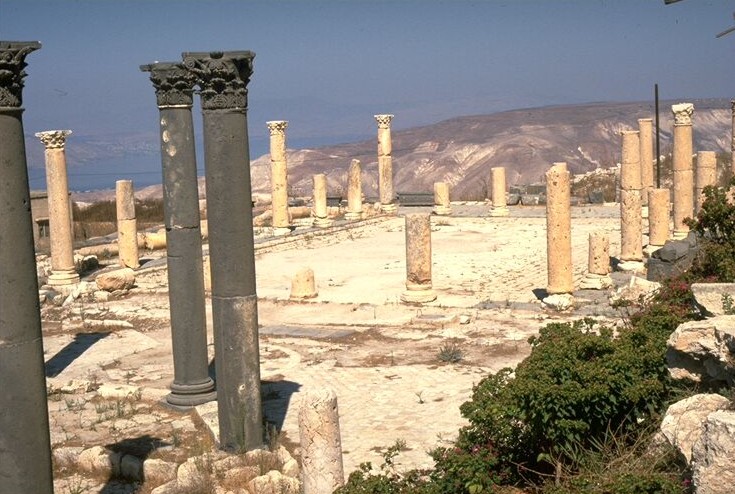
Gadara (Umm Qais) :
Is a city built by Macedonian and Greek veterans of Alexander the Great’s army, they will marvel at the beauty of the landscape that stretches out towards the north. The cliffs of the Golan Plateau, against a vibrant blue sky, overlook the green valley of Yarmuk and extend to Lake Tiberias.
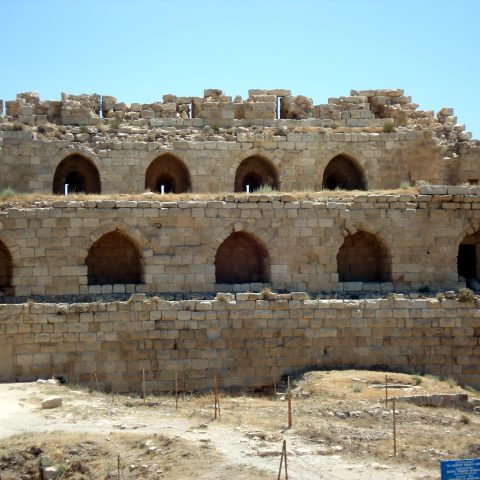
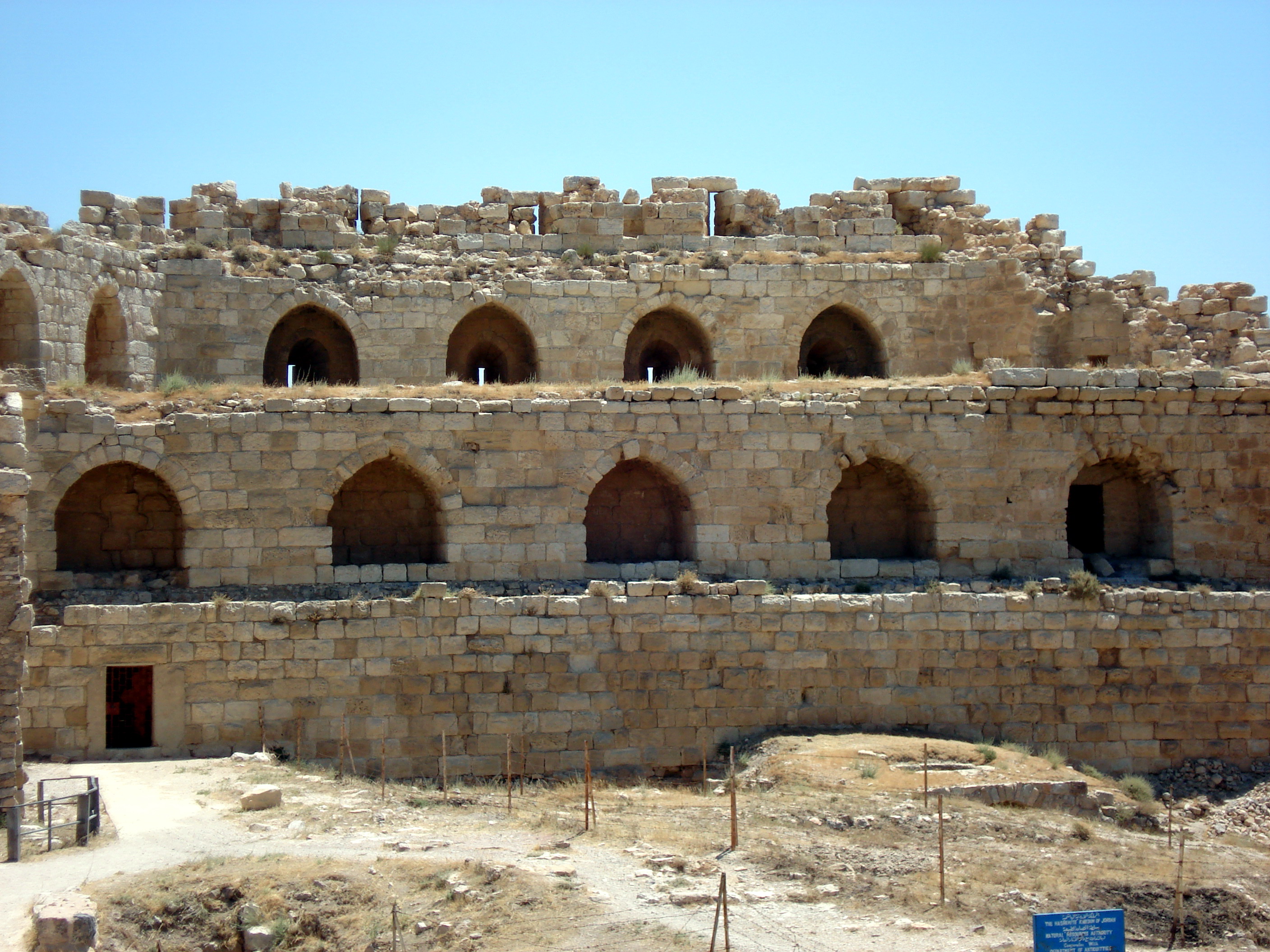
Kerak Castle
Kerak Castle
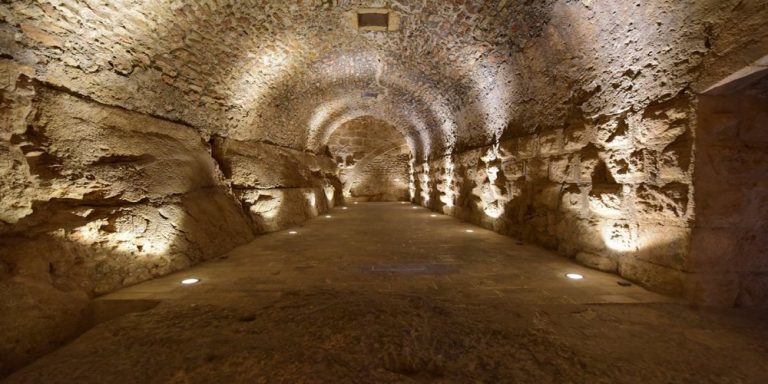
Kerak Castle :
Al Kerak Castle is about 1000 meters on hilltop , it is has view of the dead sea , Karak was historical accounts from the times of Romans and Greeks , Karak Castel was a jewel for many civilization , it was peak during the crusades in term of splendor .
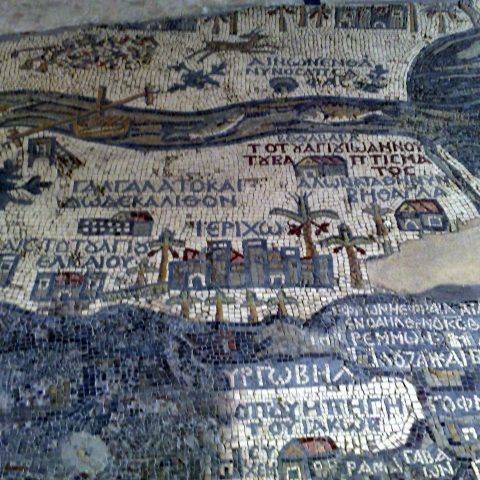
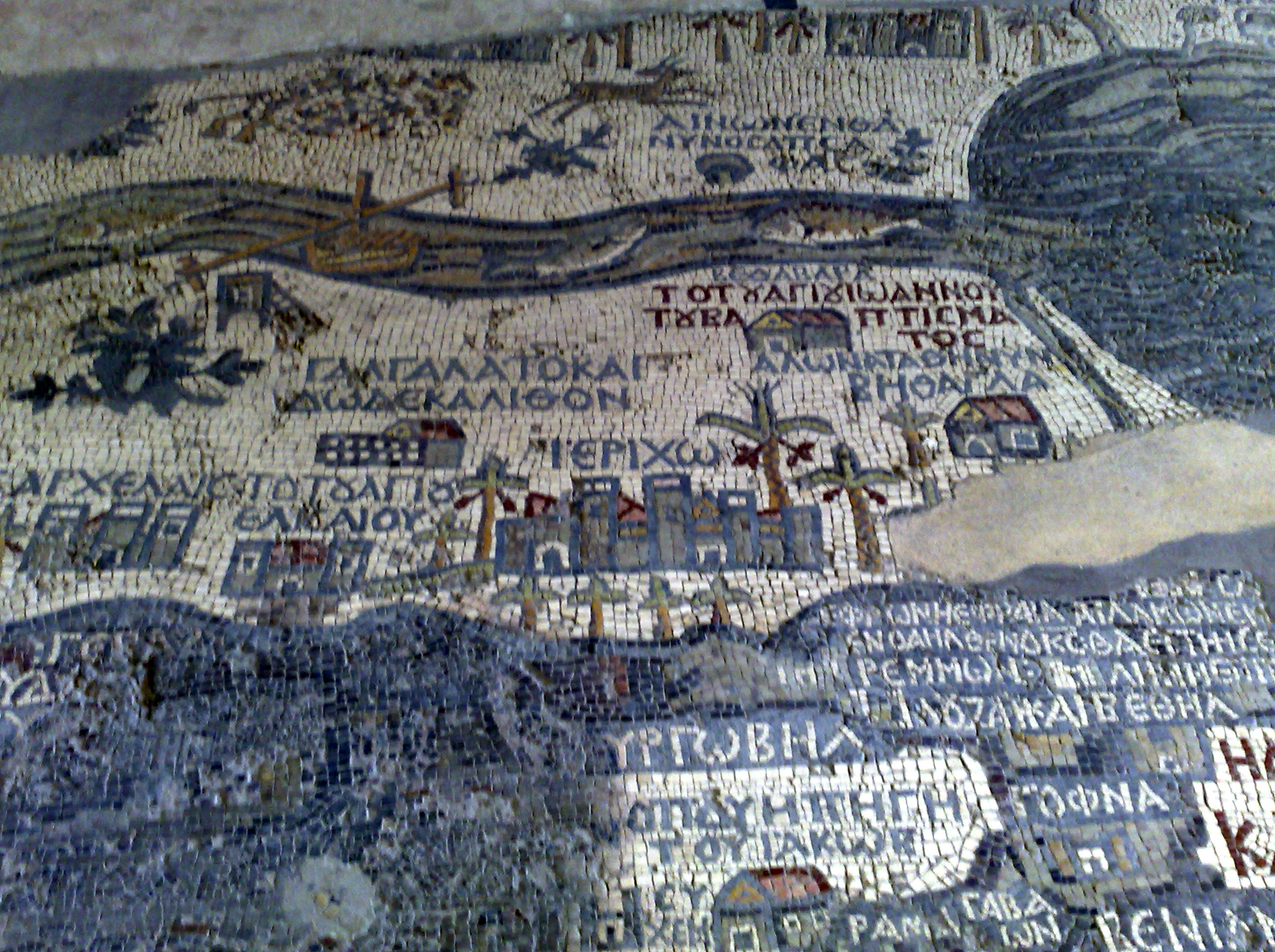
Madaba
Madaba
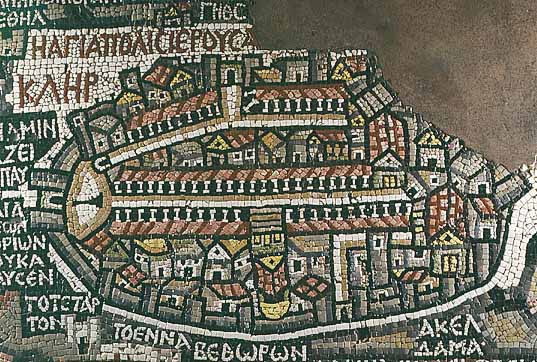
Madaba :
Some thirty kilometers south of Amman, Madaba is a must for any tourist visiting Jordan. Little is known about the history of the town, except that it was part of the territory of Moab, and that the Moabites, Ammonites and Hebrews of the Kingdom of Judea vied to control it. In the early 1880s, the Ottoman government allowed some two thousand Christians living in Kerak to settle in Madaba. They had permission to build churches, provided these were constructed on the sites of the old churches of the Byzantine Era. And this is how Jordan’s most famous mosaic was discovered. The Madaba Mosaic is also unique for its theme, in that it illustrated a map of ancient Palestine. It originally occupied an area of 190m2 and consisted of two million pieces of coloured tesserae.
Although man had the barbarity to destroy most of the original work, which dates back to the second half of the 6th century, the town is still worth visiting to see what is left of the mosaic.
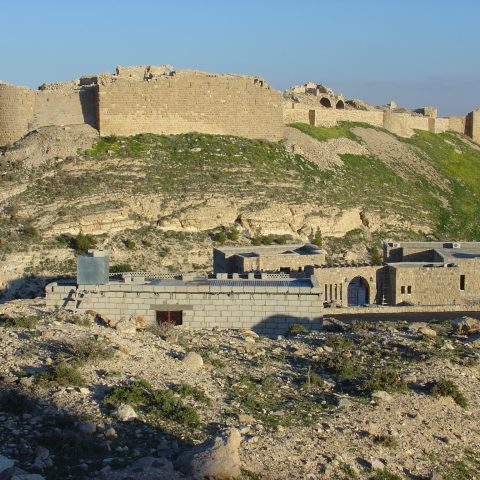
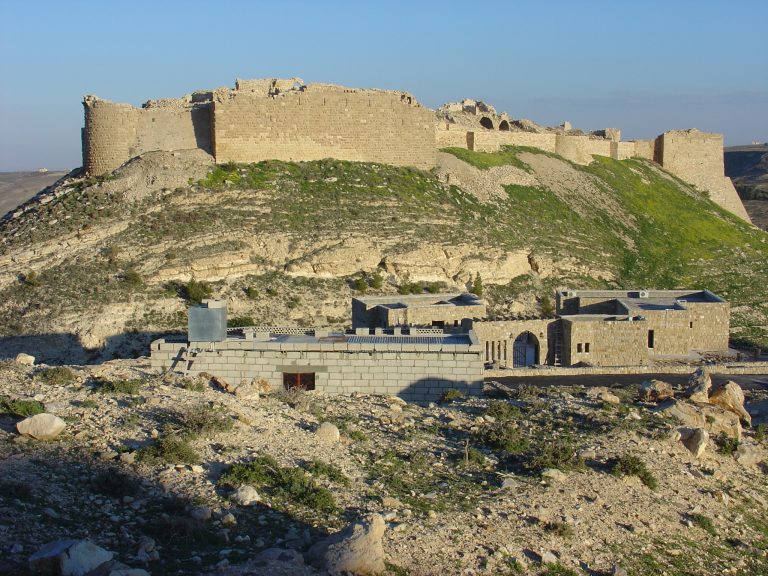
Montreal (Shoubak Castle)
Montreal (Shoubak Castle)
Montreal (Shoubak Castle)
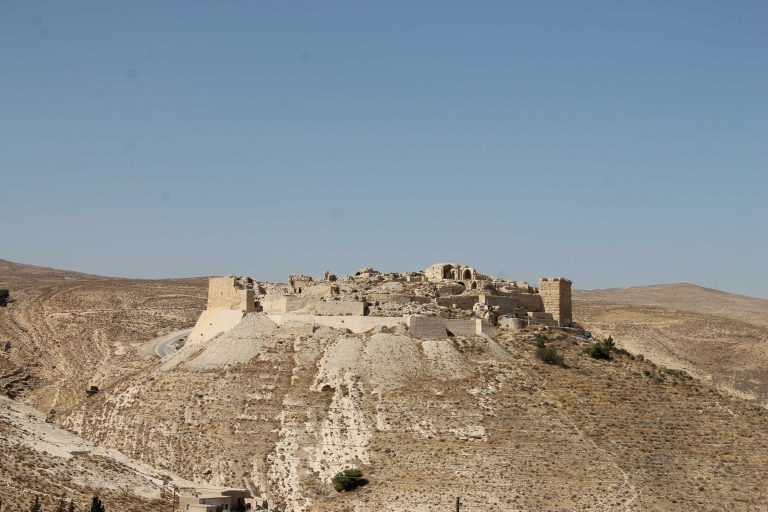
Montreal (Shobak Castle) :
Which was built by the first king of Jerusalem, Baldwin I, in 1115, was known as ‘Krak de Montreal’. It was taken from the Crusaders by Saladin. The ruins at the top of the conical hill mainly belong to the castle that was reconstructed a century later by the Mamluks of Egypt. The strategic location of this castle on the top of a hill enabled the garrison to control the roads towards Araba and Egypt on the southwest, the Arabian Peninsula on the southeast, and Syria on the north.
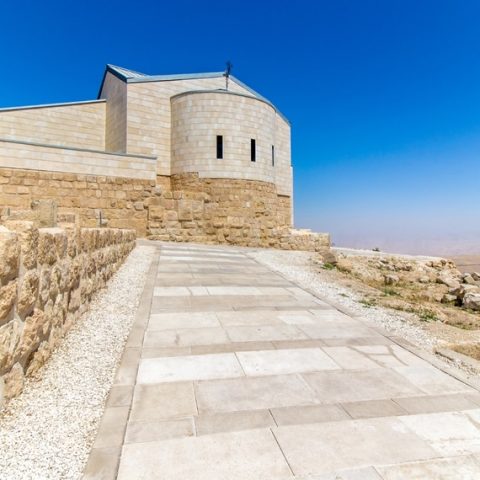
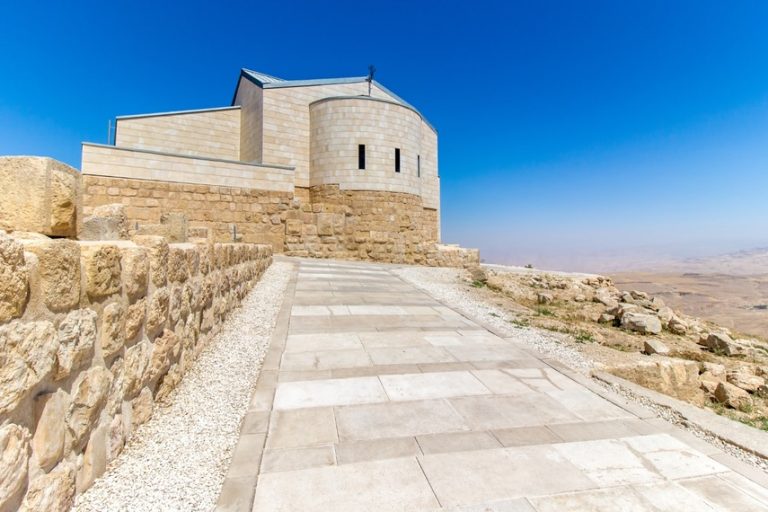
Mount Nebo
Mount.Nebo
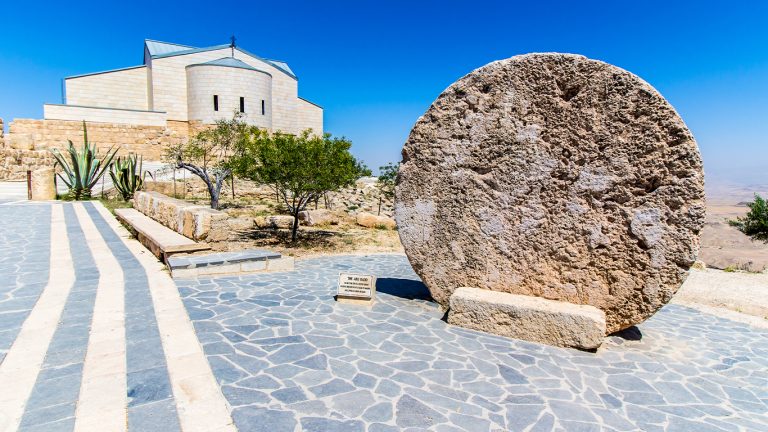
Mount Nebo :
Jabal Nebo is the name given to the range of high hills that runs between WadiAfrit in the south and WadiAyun Musa in the north. The hills end at three different points: Jebel Nebo, Khirbet el-Mukhayyet and Jebel Siyagha. History has it that the third hill, Jebel Siyagha, is where Moses saw the land of Canaan beyond the River Jordan, without being able to enter it, and where he realized that his long journey and a life of 120 years had come to an end. The landscape is of exceptional beauty, and offers a magnificent view of the Dead Sea, the narrow ribbon of the Jordan, the lush oasis of Jericho, the violet mountains of Judea and, on clear days, the walls of Jerusalem can be seen in the distance.
The remains of the church and monastery that were built on the mount in the 6th and 7th centuries house beautiful mosaics, which have now been carefully restored. and protected, and are worth a lingering visit.
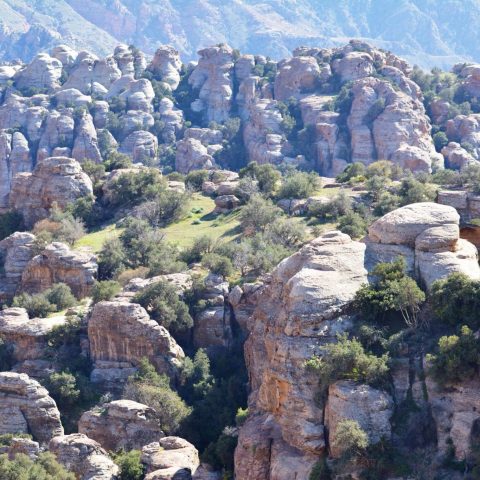
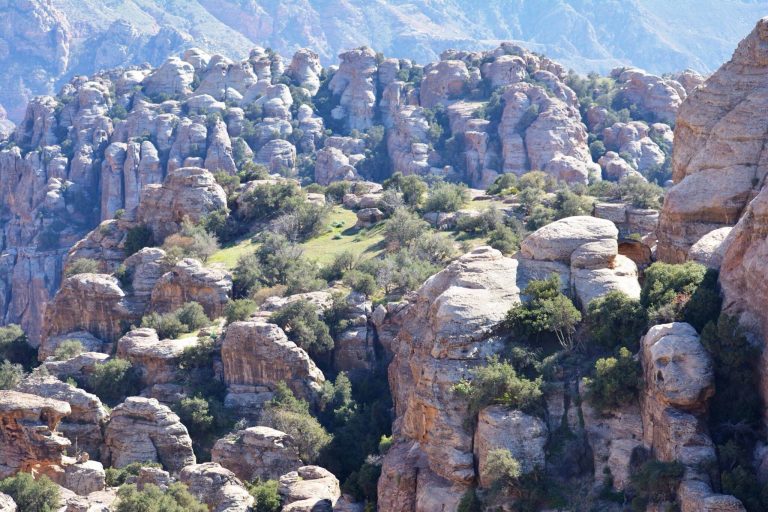
Nature Reserves And Parks
Nature Reserves & Parks
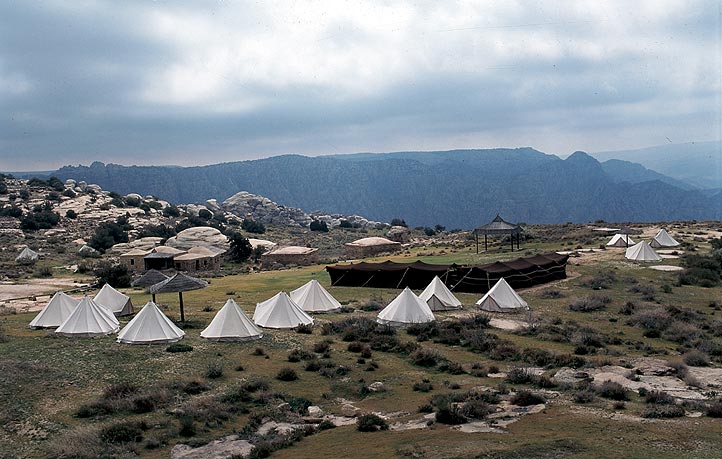
The Jordanian government makes every effort to protect nature. The Royal Society for the Conservation of Nature (RSCN), founded in 1966, undertakes considerable work in environmental matters.
Shaumari :
One of the first reserves znat was created was Shaumari, which is a 22-km2 wildlife reserve situated about ten kilometers south of Azraq. The reserve was set up in 1975 to reintroduce the Arabian Oryx. a type of long-horned gazelle that became extinct in 1920 in the deserts of southern Jordan because of uncontrolled hunting. The thirty pairs that were let loose in the reserve have had no problems breeding and, in the year 2000. twenty-five Oryx’s were returned to their natural habitat, the Wadi Rum desert. In addition, blue- and red-necked ostriches, gazelles and even onagers from Germany have been introduced_ There are almost 250 bird species in the reserve. A veterinary centre has been set up to attend to ill and injured animals, in addition to a nature museum for educational purposes.
Azraq :
The oasis of Azraq emerges in the midst of the desert like a miracle of nature. The partially restored marshes on the southeast of the oasis, close to Shaumari. Occupy a reserve of 12 km2. The often dense vegetation is the habitat of fauna adapted to the swamps. It has also become a station for migratory birds, some of which come to spend the winter here and breed.
Dana :
Opened in 1993, Dana nature reserve most likely gets its name from a village that was founded on the eastern border of the reserve in the 15th century and the Wadi Dana that blends into the Araba plain to the south of the Dead Sea. Located north of Shobak, this is Jordan’s largest nature reserve, occupying an area of 320 km2. This relatively extensive mountainous terrain offers magnificent landscapes of green valleys and rocky massifs. Over 700 plant species have been recorded, in addition to 200 bird species and 565 animal species, including around forty mammals: foxes, badgers, ibex, gazelles, hyrax, wolves, jackals and wild cats.
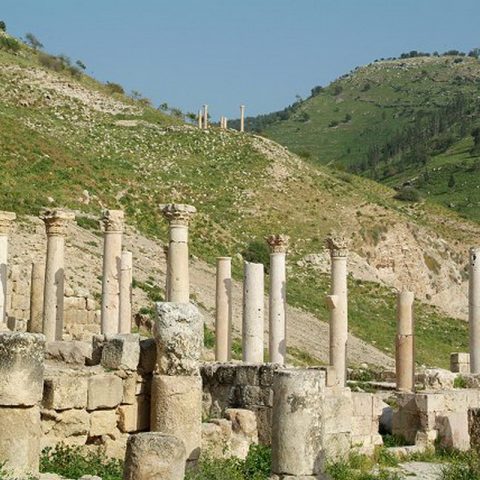
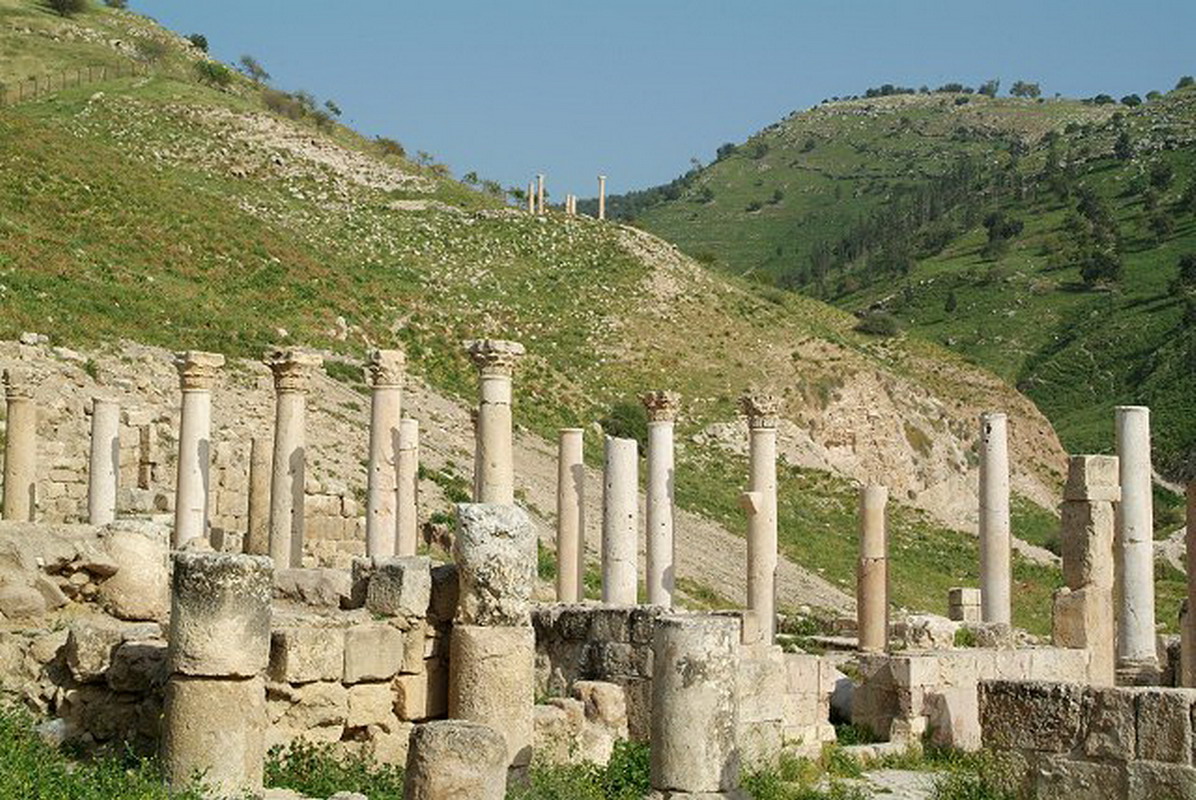
Pella
Pella

Pella :
Is a Jordan’s third and oldest Decapolis city, although there is nothing left but a few scattered ruins that the uninformed visitor is likely to overlook. From a tourist perspective, the city’s attraction lies in its bucolic charm. Explorations and excavations on the site of the old city of Pella have established that it was occupied as early as the Lower Paleolithic period. It contains traces of the cultures of all Near Eastern archaeological periods: Neolithic, Chalcolithic and the Old, Middle and New Bronze Ages. The pottery and furniture from the latter period attest to close relations with Mycenaean Greece, the island of Cyprus and Egypt. Then there are traces of the Iron Age phases (although there have not been enough excavations to enable the establishment of firm conclusions); followed by the Greek (Hellenistic) occupation during which a fortress was built on Jebel el-Hammeh; the Roman era to which most of the remaining ruins belong; the Byzantine Era, from which we have the remains of three churches, and the Arab Umayyad and Abbasid occupation, which ended around the year AD 900 . To the east of the site, there is a village that dates from the era of the Mamluks and Ottomans, which is still thriving today. With this short overview, we can understand why archaeologists consider Pella to be one of the most important archaeological sites in Jordan.
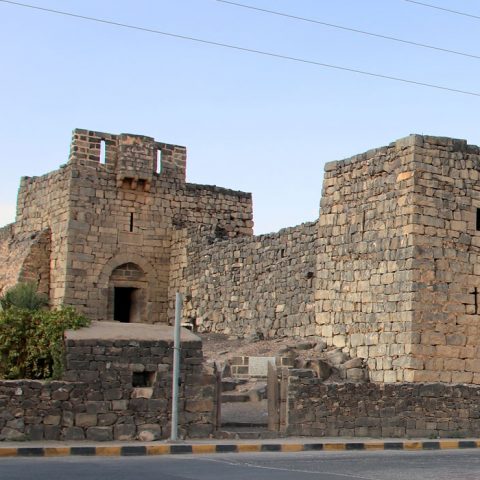
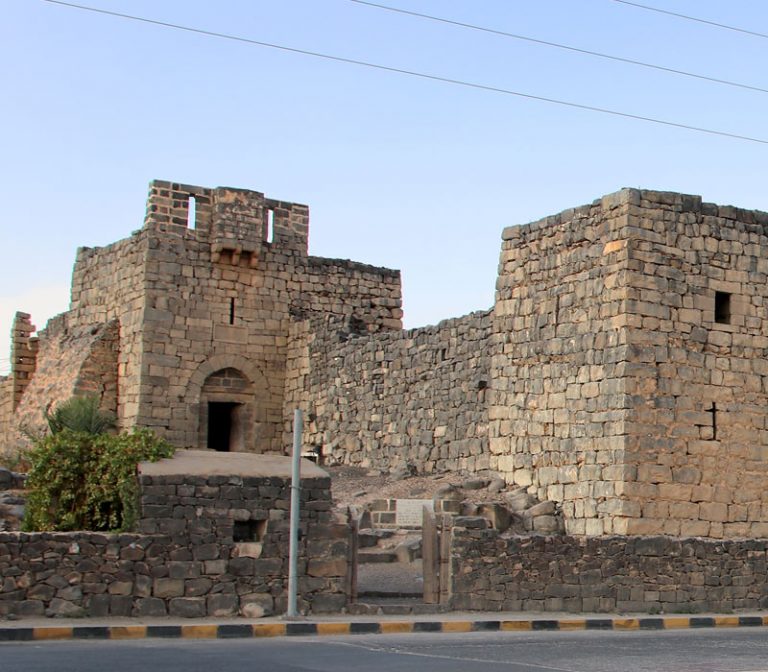
Qasr Azraq
Qasr Azraq
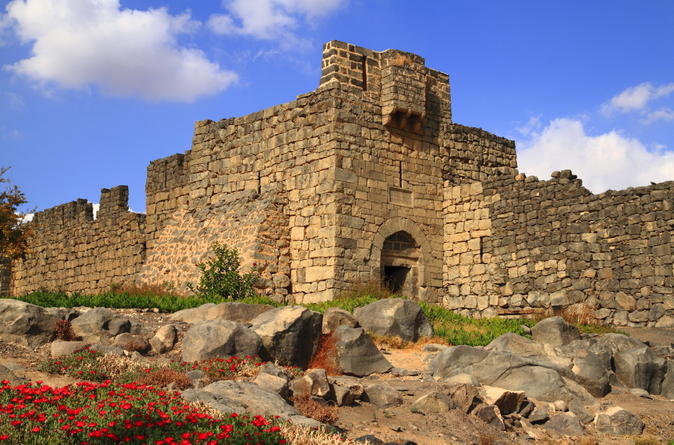
Qasr Azraq :
Under the rule of the Umayyads, Jordan prospered. It was at this time that the name Jordan or al-Urdun (Urdun being the Arabic name for Jordan) appeared for the first time. A number of monuments from the Umayyad period still remain in north-eastern Jordan, and have quite inappropriately been called the ‘desert castles’.
The desert area that surrounds them today was no doubt very different in the times when the Umayyads ruled Damascus. At that time, water reserves were used rationally and there were canals to irrigate this prosperous agricultural region. These monuments were therefore most likely situated in a green landscape. They were used for different purposes: some, such as Qastal, Muwaqqar and Qasr ‘Aines-Sil, were fine country residences during the Umayyad period, and may have served as caravansaries for the roads adjacent to the old Via Nova, like Qasr Tuba and QasrMushash. Other ‘castles’ may have been the residences of local governors, the homes of the ruling Umayyad caliphs, or members of their families. It is not difficult to imagine them living in Qasr al-Mushatta or, more especially, QasrAmra, with its baths and beautiful murals. Some, like QasrKharaneh, are robust fortresses; others, of Roman or Nabataean origin, were used during the Muslim period, after being remodeled in some cases: Azraq, situated at a strategic point at the start of the WadiSirhan; Qasr al-Hallabat, an old Roman fort built on the Via Nova; QasrAseikhin, which was originally a Nabataean watch and control post; and QasrUweinid and Deir el Khaf, both ancient fortified Roman posts that have been extended and remodeled on several occa-sions.
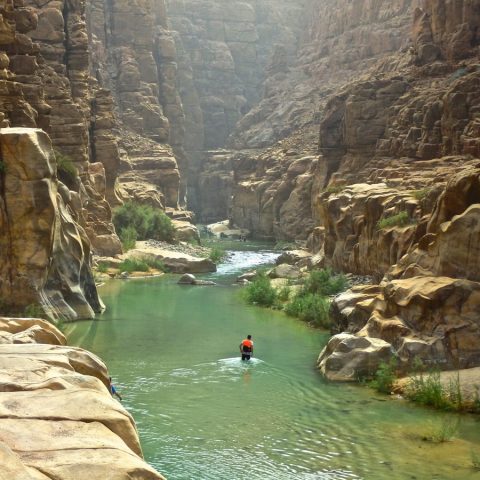
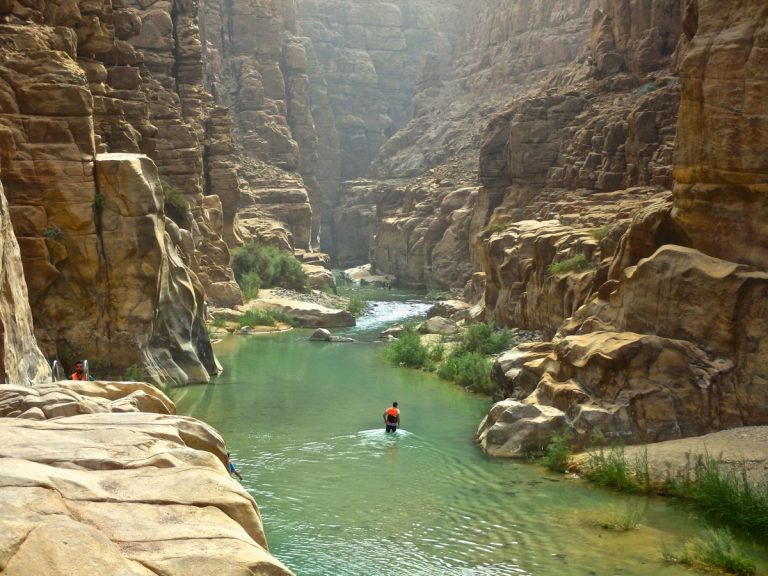
Wadi Mujib
Wadi Mujib
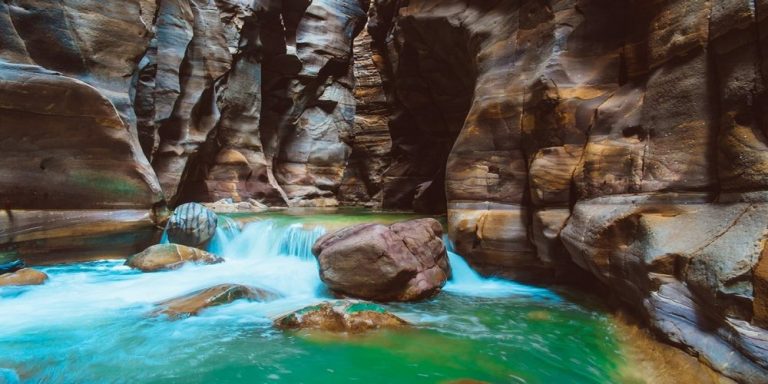
Wadi Mujib :
Mujib is the Arabic name for the Arnon, the biblical river that formed the northern border of Moab. The Wadi Mujib flows into the Dead Sea after a long descent of some twenty kilometers. and its banks constitute a reserve of 212 km2. The lower area, where the river flows into the sea, is more than 400 meters below sea level. which means that most of the reserve is a tropical area with a multitude of torrents and waterfalls. The total drop, of approximately 1,300 meters, is comprised of five different areas, each with its own flora, and is the habitat of over 420 plant species.
The wild fauna mainly comprises the red fox. Blanford’s fox, the Nubian ibex, the hyena, the badger, the mongoose, the jackal, the wild cat and the lynx, the hyrax, the wolf and the Arabian leopard. The reserve’s 102 bird species include the common kestrel, the Egyptian vulture and a large population of Griffin vulture, a species in danger of extinction.
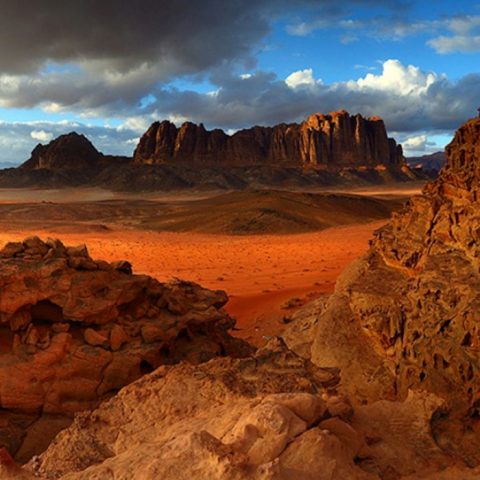
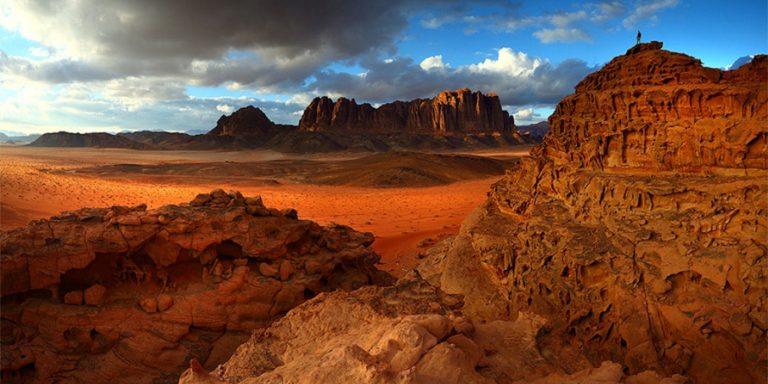
Wadi Rum
Wadi Rum
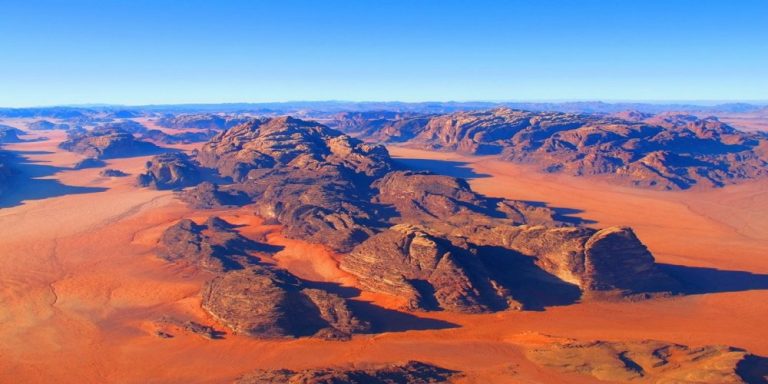
Wadi Rum :
And between dream and reality dreamy, the tourist serving his time in Wadi Rum, which is also called the Valley of the Moon, due to the similarity of topography with the topography of the moon, and the towering mountains that stands in the region, the visitor can touch the purity of nature in the Arabian desert, especially in the spring.
And from this valley, the visitor will see the foothills of the valleys and its red sand, hugging the mountains in the majestic heights. Area is Wadi Rum approximately 40 kilometers from the city of Aqaba, and include the highest mountain peaks in the southern Levant.
